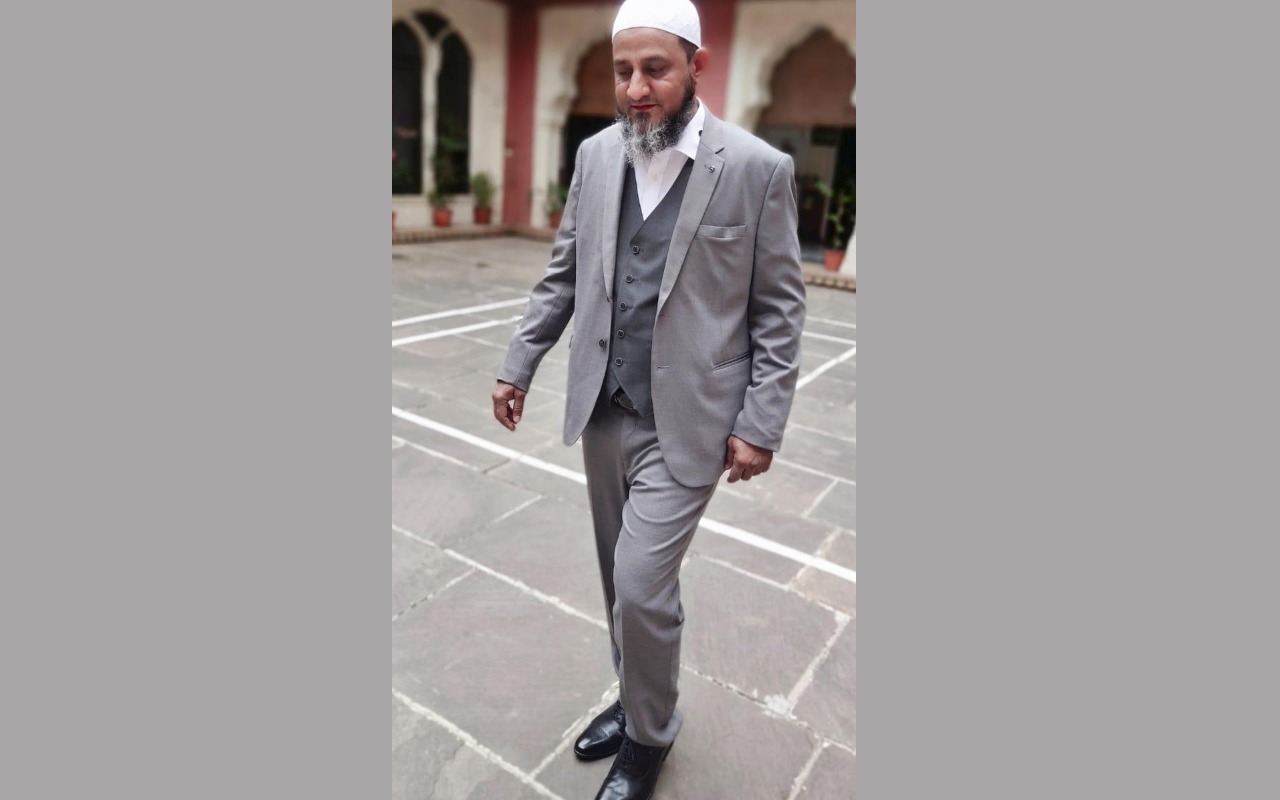Ilarius Augustus, a researcher trained as a clergyman, has spent several years reading the old Latin texts from Genoa and Piacenza. He has just published a book on Amazon in German titled: Christoph Kolumbus – Tief in Latein vergraben der indische Ursprung des großen Entdeckers aus Genua (Christopher Columbus – Buried deep in Latin the Indian origin of the great explorer from Genoa).
The minute details on the background of the great explorer unearthed by the researcher are certain to raise a few eyebrows all around the world. People long used to the image of a European Columbus might find themselves challenged coming to terms with an Indian Columbus.
The translations of the book in a few European languages including English should be out in a matter of days.
The Republic of Genoa was a great maritime nation before the sixteenth century, possessing several colonies in the Mediterranean, Aegean, and the Black Seas. The Genoese vessels would ply between Genoa and the Black Sea, with the island of Chios serving as a major station in between.
The Genoese merchants would conduct their trade with India (and the East) via the Black Sea, Armenia and Persia, as they were barred from using the Red Sea. Holding on to the coattails of these merchants a few Christian friars started arriving in India in the early fourteenth century. They then worked with the Indian Christians (Nasrani-Nestorians) present at various port-towns from Bharuch to Kollam to Mylapore (today’s Chennai).
Then in 1347, a Genoese trade ship arriving from the Black Sea brought the plague called the Black Death to the southern shores of the European continent. The pandemic proved to be catastrophic for the region in every sense. In a matter of just five years, it wiped out a third of Europe’s population.
The same pandemic prompted Venice, a rival of Genoa in maritime trade, to introduce the system of ‘quarantena’ (forcing an arriving vessel to remain in the open sea for 40 days before allowing it to dock at a port) – a term that has become very familiar to people all over the world today – with Covid-19 – as quarantine.
The Black Death would have disrupted the maritime trade greatly. Any surviving sailors would have refused to get on board the vessels. The upheaval caused by the plague put a sudden stop to the activities of the European friars in Persia and India.
About two decades before the Black Death, the Roman Catholic Pope had appointed the very first bishop of his sect at Kollam, Kerala, in 1329. The bishop, Jordan of Catalonia, would have traveled between Genoa and India a few times.
It was in 1329 too that a certain ‘Kollam Moosa’ appears to have landed at Genoa. The author of the book then shows the documentary evidence of how this Kollam Moosa is linked to Christopher Columbus, the great explorer born in Genoa.
The reader may be aware that Columbus, throughout his exploring years, was focused on finding India. Indeed, it would be fair to say that he was intent on reaching the land of his forefathers, sailing west.
While Venice had begun using the Italian language for writing around the time of Columbus, the civic and legal clerks of the Republic of Genoa remained with Latin to record all official matters. Genoa followed the Roman laws. It is some of these records in Latin that helped the author to delve deeper into the background of Columbus.
When Columbus moved to Spain and started to explain his plans at the royal court, his surname was noted as Colom. However, soon after he returned from his first voyage to the New World, the surname began appearing in Castilian (the language of Spain) as Colón. Other kingdoms of Europe used their own variation for the surname.
The personal life of Columbus has always remained a riddle, perplexing historians and researchers alike over the centuries. Neither Columbus nor his son Ferdinand, who wrote a biography of his father, provided any useful information on the family in Genoa. Even this biography was printed in Venice 32 years after Ferdinand’s death, in Italian, a language unfamiliar to the Genoese and the Spaniards. A Spanish version was published only in 1892, based on the Italian version, as the manuscript in Castilian was lost.
A 2017 history article on the portal of ABC Spain said: Lo únicotransparente, entre todosestos enigmas, esque Colón se tomómuchasmolestias en que no se resolviera el misterio (The only transparent thing, among all these enigmas, is that Columbus went to great lengths to ensure that the mystery [of his origin] was not solved).
The image provided in this article is sourced from the book The world’s history: a survey of man’s Records (by Helmolt HF and Bryce JB, 1901). The caption on the image in the book says “CRISTOFORO COLOMBO: After a picture by an unknown painter, in the possession of an heir of the family of Giovio at Como”. This family collected many paintings since the 1300s, including during the lifetime of Columbus.
Views: 0

